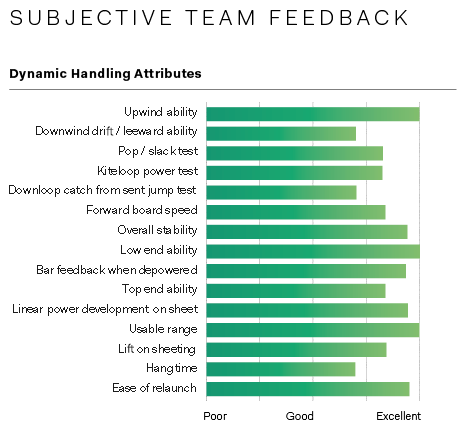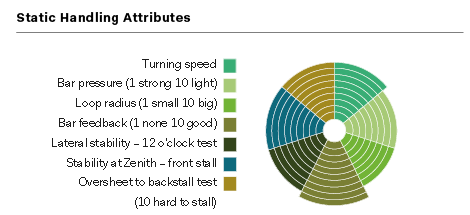When you purchase gear through links on our site, we may earn a small commission. Here’s why you can trust our tests and our affiliate partner.



North have given the larger sizes of their Reach all-rounder a comprehensive rework this year, with a sensible optimization for light wind. It is a kite that has slotted in very competitively in the three-strut performance freestyle sector, and the 9m we tested was a gem, so we were eager to see how a low wind fettled 15m would measure up as a quiver topper.
The Reach LW is a different beast from a scaled version of the smaller model. There are various material differences in place to ensure it is lacking as many grams as possible to provide that early flying ability, which is all the more sensitive at minimal wind speeds. The Dacron used on all inflatable sections of the kite is a lighter weight and it remains a three-strut kite, with low tube diameters. The bladders utilized this year are also manufactured from a lighter weight material.
You can see that there is some enforced camber built into the front of the profile, making the kite drive forward well in the wind window, which is an important attribute for a kite aimed for light wind use, particularly when used with a power-hungry twintip. Thin bridle lines are comprised from flying line to minimize parasitic drag, and their stiffness translates bar inputs well, keeping it responsive which is particularly important for a large light wind kite.
In the air, bar pressure is light for such a grand canopy, and the fore and aft balance achieved is impressive; it doesn’t seem to have a tendency to tip forward or back in the raw end of its wind range, but sits there obediently. Turning speed-wise, there is nothing ponderous about the Reach LW considering the square meterage you’re attached to, and it can be chucked around the wind window in a relatively athletic fashion. It is a far cry from the park it and edge, tractor-style large kite of yesteryear, and alongside the smaller sized Reach, you don’t need to adjust your riding style or techniques a huge amount; it is more of a retiming exercise to get your tricks down. It is a kite you don’t have to think about a huge amount to utilize, which is an attractive attribute for a fuss-free low-wind session. North have done a great job augmenting their new freeride kite into a lightwind weapon. It is an ideal kite for marginal twintipping, that holds its shape well as the wind increases and provides some ridiculously floaty jumps when it comes into the power band.
